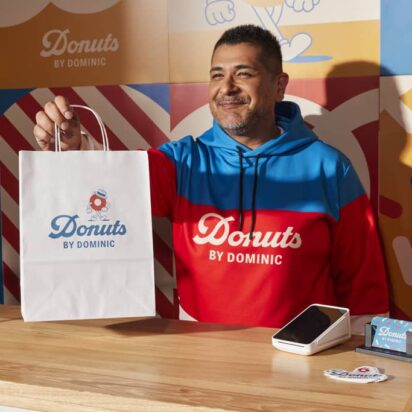A brand is built using key brand elements that work together like a system: business name, logo, color palette, shape, typography, brand voice, imagery and positioning. When these elements are used consistently across your website, packaging and marketing, they create a clear brand identity that customers recognize and trust. This is your branding toolkit for telling a simple, memorable story about who you are and what sets you apart. Here’s everything you need to know about the 10 elements of branding and how to use them successfully.
- A strong brand identity turns business strategy into clear visual elements and words people recognize.
- The key elements of branding are brand name, logo, color palette, shape, tagline, voice, typography, imagery, positioning and packaging.
- Figure out who your target audience is and what your brand personality is, then document your brand elements in a brand style guide.
- Applying branding elements consistently across all channels builds recognition, trust and pricing power for small businesses.
What is branding?
First things first, what is branding? Even if you recognize branding when you see it, it can be difficult to pinpoint exactly what it involves. It’s more than just the brand visual identity. In short, your brand is how the world perceives your company, while branding is the design choices, visual elements and tone of voice that shape that perception. Your brand identity is the collection of design and other elements you use in your branding.
Before we go any further, it helps to understand how branding fits within the bigger picture of your business and how it differs from marketing.
Branding vs. marketing
While branding and marketing are closely connected, they serve different purposes. Branding defines who you are—your values, personality and identity. Marketing, on the other hand, is how you share that identity with the world. Branding builds recognition and trust over time, while marketing drives short-term awareness, engagement and sales.
| Aspect | Branding | Marketing |
| Purpose | Defines who you are and what you stand for | Promotes your products or services |
| Focus | Long-term perception and loyalty | Short-term campaigns and conversions |
| Output | Logo, colors, voice, story and customer experience | Ads, emails, social posts and promotions |
| Timeline | Ongoing foundation for your business | Cyclical activities supporting brand goals |
| Success metric | Recognition, trust and reputation | Leads, clicks and revenue |
Why is branding important?
Branding matters because in a crowded, competitive market where small businesses are up against millions of other brands for consumers’ attention, time and money, you can’t afford to not stand out.
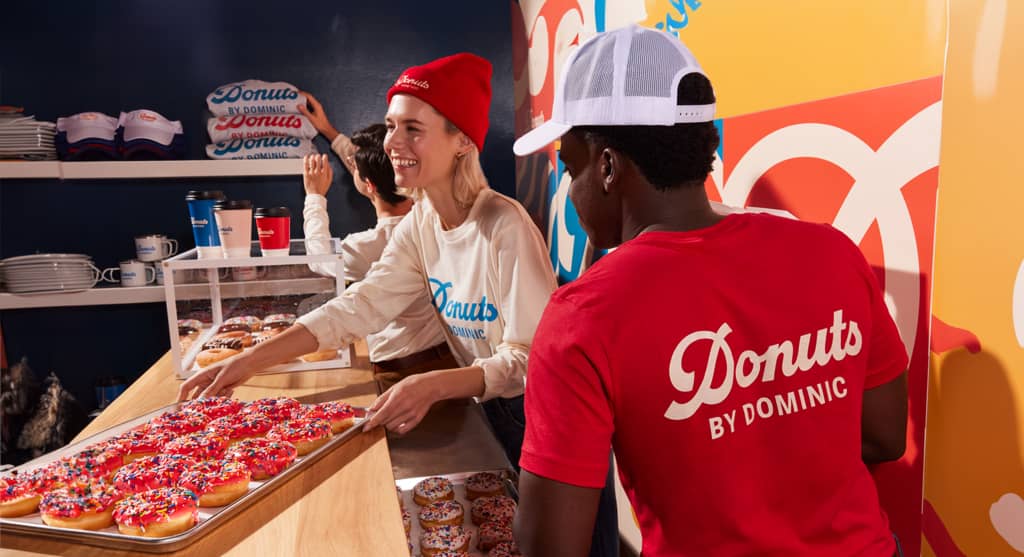
Branding communicates who you are, what you offer, why you’re a better choice than your competitors and why you’re the best choice for your target audience. The more consistent your branding, the stronger brand recognition and awareness is. It’s a means of survival and the key to a thriving business.
A well-defined brand identity also increases trust and loyalty. In a recent VistaPrint survey on the benefits of branded clothing, 64% of respondents said that branded apparel positively influenced their view of a business, and a whopping 75% of Gen-Z respondents said it increased their trust in a business.
The 10 elements of branding you need to know
When you’re building a compelling and cohesive brand identity, certain elements are non-negotiable. These key elements clearly express who you are as a brand, what you have to offer and who your products and services are for.
Take a look at pretty much any business branding and you’ll see these elements working together. Sometimes, they’re subtle—and one or two might be missing—but for the most part, you’ll see each key branding element on this list working together to communicate a brand.
1. Brand name
A strong business name does several jobs at once: it signals what space you operate in and is your unique trademark. When choosing a brand name, define what it should evoke—innovation, warmth, friendliness, ingenuity or creativity—then generate various options to choose from.

Say each name out loud, write it in a sentence and imagine it on your storefront, website header, packaging and social media handles. If it still feels right, check spelling variants, common mishearings, domain and handle availability and do a trademark search in your market. Your business name needs to be digitally as well as legally available, so always check first whether a domain in your business name is available.
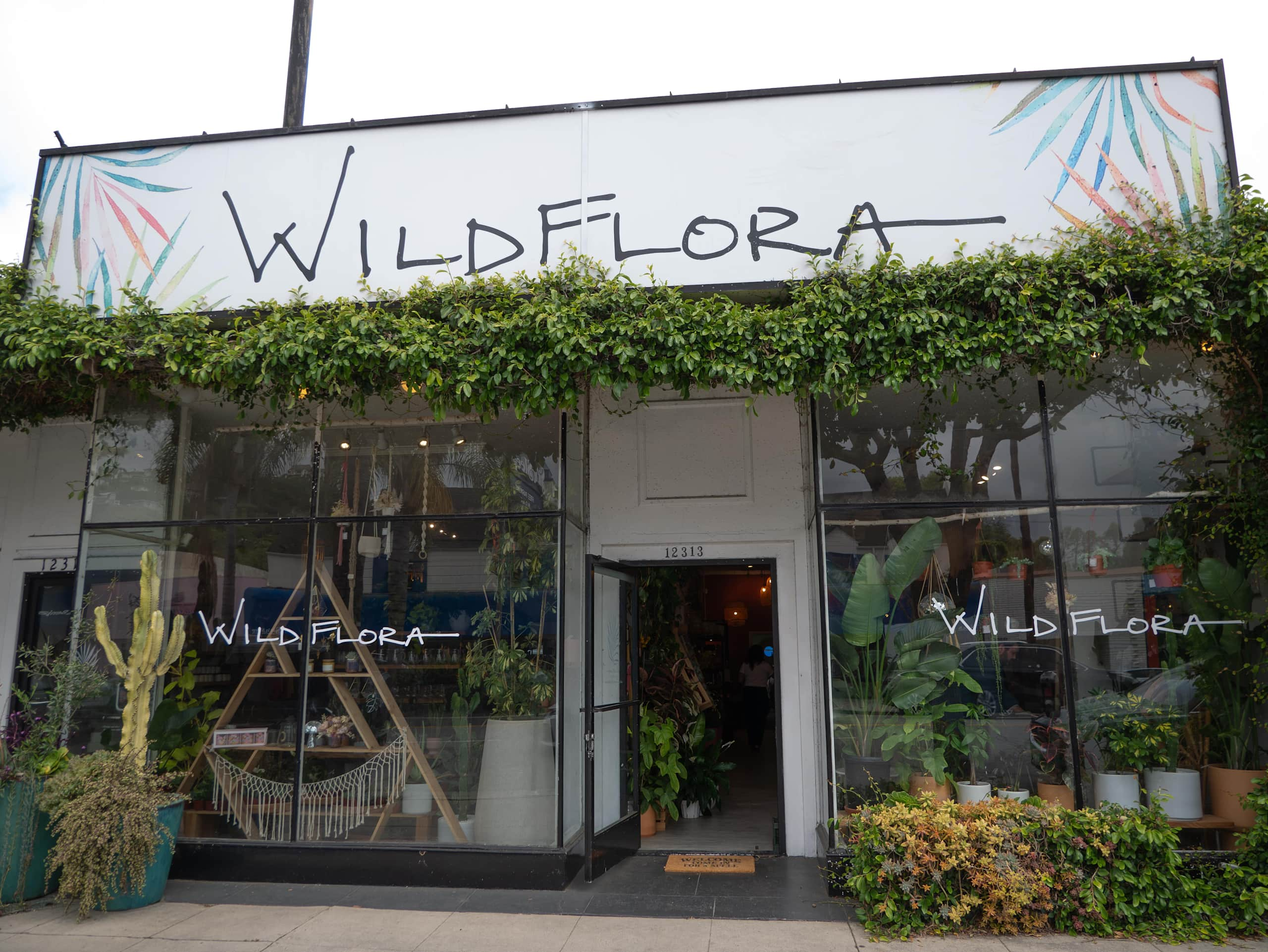
To pave the way for brand loyalty, aim for clarity and recall—a good brand name is easy to repeat, spell and remember. Ensure your name is easy to pronounce across languages and is culturally sensitive, avoiding negative connotations. When you land on a winner, test it out on a few real brand assets like an email signature, merchandise, a website banner or a postcard to confirm it works before you roll it out broadly.
Go deeper with more advice on how to name your brand.

Good branding examples are PayPal, which instantly communicates friendly, secure payments. Similarly, YouTube clearly combines “you” (the user) and a common American slang term for “television” or “TV.” Both names are simple, descriptive and easy to remember.
Alliteration in brand names can make them easier to remember and recall, increasing brand recognition.
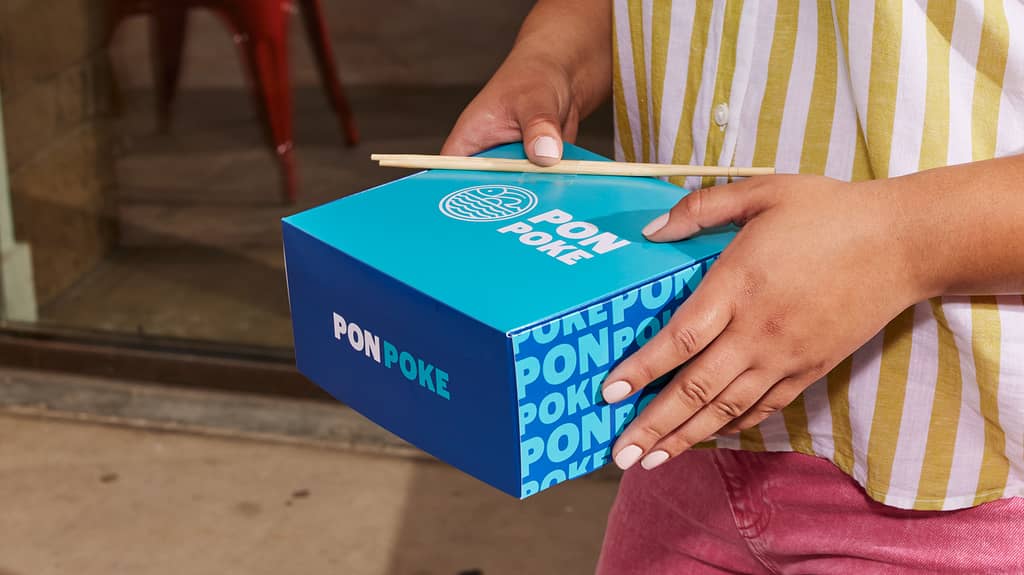
2. Logo
Every brand needs logo design. A logo is arguably the most important element of a brand’s visual identity.
A logo is a brand’s personality boiled down to an easily recognizable visual design. It’s often the first interaction you have with a brand, and the image that you learn to associate with the business.
Your logo goes on almost every brand asset: your business cards, website, merchandise, signage, social media pages, any branded templates and all of your marketing materials. That’s why your logo should represent what your brand is all about and encapsulate the essence of your brand identity.
When choosing a logo font, think beyond style and consider legibility and personality. Sans-serif fonts often feel modern and approachable; serif fonts convey trust and tradition. Hand-lettered or script fonts can add character but must remain readable at small sizes. Consistency is key: use one main typeface across materials to make your logo recognizable everywhere.
Great logos work across formats. Starbucks relies on its mermaid-siren icon for instant recognition, while FedEx hides an arrow in its wordmark—a subtle nod to precision and speed. Both show how design can communicate meaning instantly.
3. Color palette
Brand colors are another key branding element. Potential customers will begin to associate certain colors and shades with your brand, helping to increase brand awareness and recognition.
Color is so important to branding that some companies have gone so far as to trademark their signature brand colors. A few examples of trademarked colors include UPS Brown, Tiffany Blue and Fiskars Orange.
When choosing brand colors, make sure you understand color psychology and what each color evokes.

Color decisions often define how a brand feels. Coca-Cola red evokes energy and excitement, while Airbnb’s coral pink signals warmth and belonging. In the restaurant space, brands like Sweetgreen lean on greens and neutrals to reinforce freshness and sustainability.
When building your brand color palette, start with one primary color that captures your brand’s tone:
- Warm hues like red or orange for energy
- Cool tones like blue for calm and reliability
- Neutrals for balance
Don’t feel like you need to stick to just one brand color—certain colors work well together to express your brand identity. Add one or two complementary shades for versatility across digital and print.
Always test your palette on real assets like packaging, signage and your website to see how the colors perform under different lighting and on various screens.
4. Shape
Shape is another element of branding. Not just logo shapes, which convey brand values and identity but the shapes in your web design, packaging, signage, marketing materials, business cards and stationery.
And they can strengthen recognition as much as color or typography. Target’s bold circle embodies clarity and focus, while Lego’s blocky design language mirrors its playful, hands-on spirit. Even a neighborhood café can use soft, rounded motifs to feel inviting or geometric lines to project a modern, precise look.
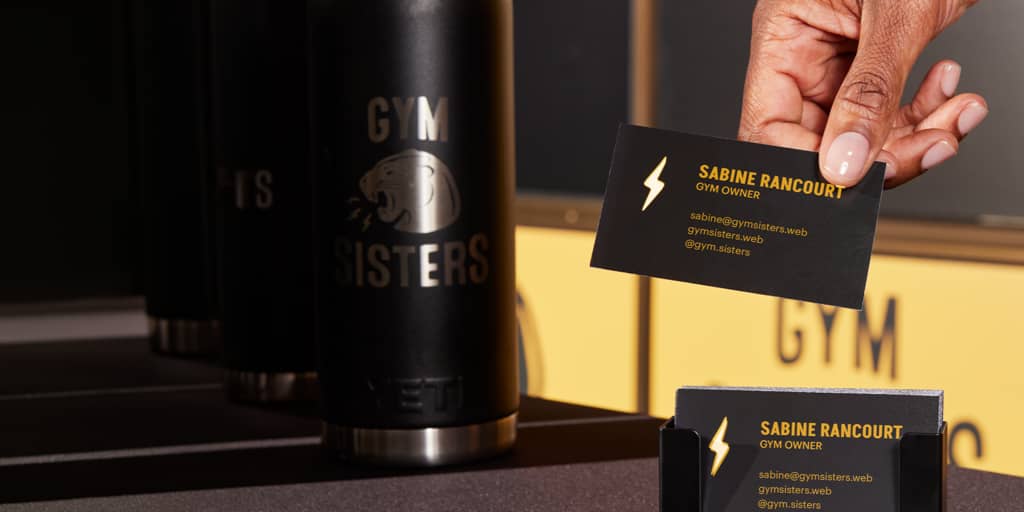
As you develop your brand identity, determine which shapes align with your brand persona best. You aren’t locked into just one shape or type of shape—if your brand’s look demands two or more shapes, use those.
5. Tagline
“Eat fresh.” and “Just do it.” are two of the most well-known taglines in the world. Taglines, also known as slogans, are the flagship of brand messaging.

Brand messaging is how you communicate your brand’s unique offer. Sometimes that offer is obvious, like Subway’s “Eat Fresh.” slogan, used to differentiate itself from other fast food brands by positioning itself as healthy. Using the color green and running commercials with customer testimonials reinforced this message.
For other brands, this unique offer is more abstract, like Nike urging the customer to “Just Do It.” But despite being somewhat abstract, Nike’s message is clear: don’t hesitate, take action. Get up, exercise, do what you know is right for your body and your mind—no excuses, just do it.

Your logo tagline gives additional information and context. It doesn’t just tell people what you do, it tells them what to expect from your business.
Adding a tagline to your branding? Take some time to learn how to write the perfect small business slogan.

6. Brand voice and vocabulary
Your brand voice is the tone, vocabulary and language you use in brand copy, email newsletters, packaging, marketing materials, thank-you notes, website content and on social media.
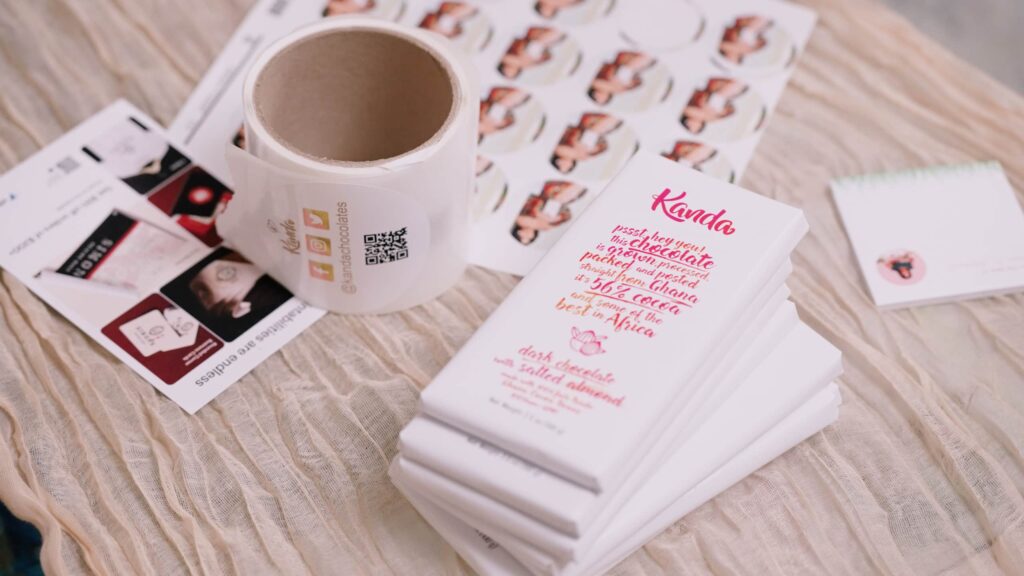
A brand’s tone of voice could be humorous, friendly, supportive, sophisticated, formal or informal, depending on its values and personality. When deciding on your brand voice, think about who your target audience is and how they want to be spoken to.
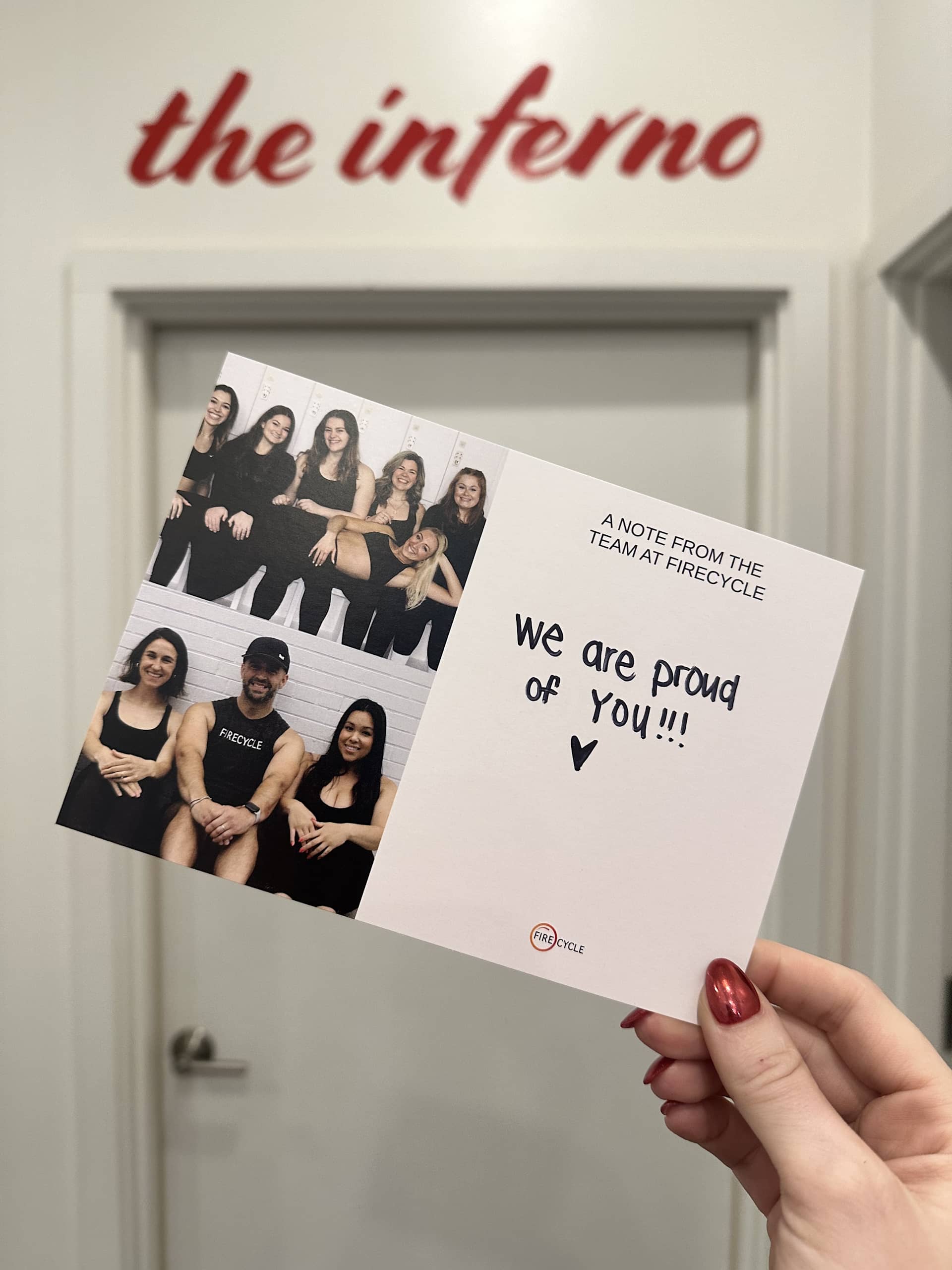
Your tone of voice is one of the most effective ways to guide how the world perceives your brand. Wendy’s is an example of a brand that created a new persona by developing a consistent, unique social media voice. Before X (previously Twitter), Wendy’s was just a fast food restaurant that sold square burgers, frosties and chili. Now it’s a fast food restaurant known for its snarky, savage tone of voice on socials.

Source: Wendy’s tweet via Bored Panda
You’re not limited to snarky and witty social media exchanges, though. Some other branding examples include Mailchimp’s conversational style that makes marketing feel friendly and simple, and Patagonia’s purposeful tone that reflects its environmental mission.
7. Typography and fonts
Wherever a brand uses text, brand fonts help reinforce its visual identity. When choosing a logo font or selecting fonts for your website and marketing materials, use typography that communicates your personality and values, whether that’s playful and fun or formal and professional.
Much like specific colors are associated with different emotions and traits, so are the components of fonts. Take a look at the fonts used in these logos and think about what they communicate about their brands:
See, typography does tell a story of its own! More specific branding examples include: The New York Times’ serif typeface conveys authority and tradition, while Spotify’s clean sans-serif feels youthful and accessible.
Not sure whether serif or sans-serif suits your brand best? Dive deeper with our guide to serif vs. sans-serif for brands.
8. Imagery and graphics
Brand imagery includes all the visual elements you use in your branding, marketing and advertising. This isn’t your logo or the content you publish, it’s the choice of photos, illustrations and stock images you use as well as the graphics on your website and other brand assets.
Imagery also includes gradient and patterned backgrounds—you don’t need photos to communicate a brand clearly, you can do it through shape, pattern and color choices on postcards, signage, packaging and banners.

Source: Patterned soap packaging design by Mila Katagarova via 99designs by Vista

Brand imagery works closely with other visual elements of branding, like color and shape. But it doesn’t stop with illustrations and graphics. Brand imagery refers to how a brand holistically presents itself visually. For instance, Glossier uses clean, minimalist photography to highlight authenticity and care, while Ben & Jerry’s relies on playful illustrations that mirror its upbeat, community-driven personality.
9. Brand positioning
Brand positioning is the niche in the market that a brand fills, determining what it offers customers and how it fits among other brands in its space. Are you priced higher, about the same or lower than your competitors? What makes your offer more attractive or unique than competing offers?
Tesla balances innovation with luxury, while Trader Joe’s focuses on personality and value. Small businesses can stand out the same way—by owning a clear angle or promise.

A brand’s market position has a direct impact on its branding. For example, a low-priced brand that aims to communicate that they’re the most economical choice might choose bright colors like yellow and orange, and craft a brand voice that’s simple, friendly and optimistic. Whereas a higher-priced, luxury brand might use darker hues and a mysterious brand voice in order to position themselves as the more exclusive option.
Brand positioning isn’t just about carving out a space in the market—it also involves interaction with other businesses, both inside and outside your industry. The brands you partner with (and that includes influencers) shape how the world perceives you.
10. Packaging design
Packaging should carry your logo, colors and tone of voice, as well as your product. So, it literally ties everything together, making the story truly cohesive. For instance, Apple’s white boxes reinforce its precision and simplicity, and Lush’s bold labels highlight its ethical values.
Start by defining the role each piece of packaging plays: the shipping and mailer box protect your products and display your brand. Finishing touches—labels, sleeves, tissue, tape and thank-you cards—tie your branding together.
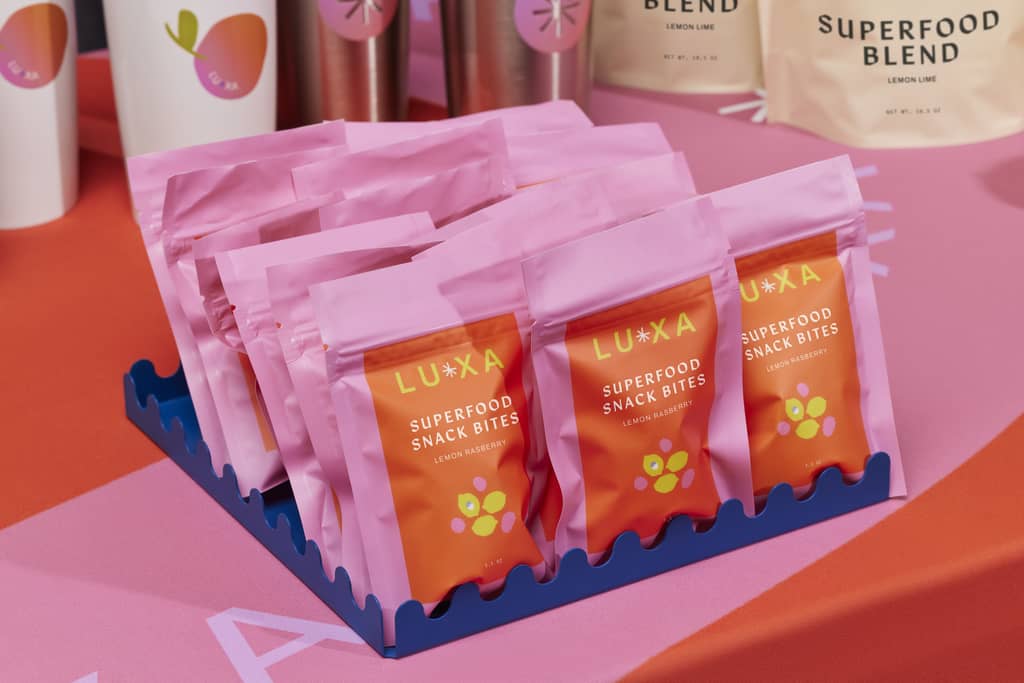
Choose materials and finishes that align with your brand. Kraft paper communicates eco-friendly values, foil or spot gloss finishes feel premium, while bold colors and playful patterns convey energy and fun. Keep important text legible at small sizes and put your logo and brand name front and center.
Use the inside to communicate branding further with a patterned lining, a short handwritten message in your brand voice or a small card with care tips or a customer service QR code. If sustainability matters to your brand, use recycled materials where possible and add a “recyclable packaging” note with clear instructions.
Explore our analysis of brand packaging trends for inspiration and tips!
How to create a compelling brand identity
Turn the key elements of a brand into a practical, consistent system by moving from research to definition to documentation and deployment.
Step 1: Conduct market research
Before you choose colors or design logos, base your branding decisions on evidence:
- Research how competitors present themselves—note colors, voice, promises and clichés you may want to avoid or reframe.
- Interview your target audience and potential customers to learn their likes, dislikes, wants and needs.
- Review search trends, social chatter and customer reviews to spot common needs and gaps in the market.
Capture and summarize key insights—what people want, what competitors are doing and where you can stand out—and let those insights guide your branding choices.
Step 2: Know your audience
Turn your research into 2-3 buyer personas that reflect real customers, not stereotypes: who they’re currently buying from and why as well as what would make them choose your business over a competitor. Include sample quotes and a list of what matters most to them, e.g. speed, price transparency, local expertise. These profiles influence design and messaging—when choosing between options, pick the one that best serves your primary persona best.

Step 3: Define your brand personality
Choose 3-5 traits that capture how you want to show up for customers, e.g. welcoming, inventive, dependable. For each trait add a one-sentence description of how it plays out in branding choices.
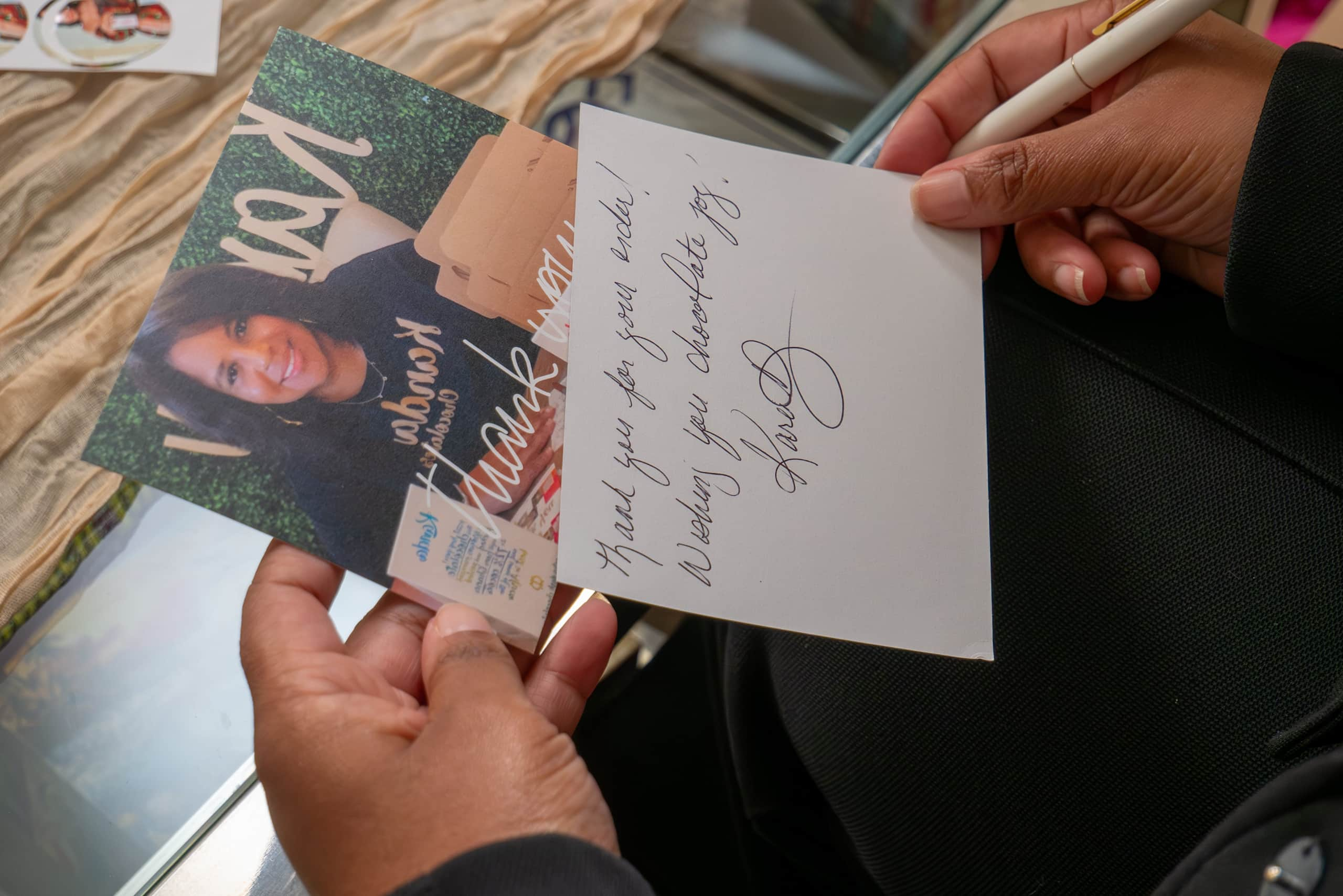
Tie traits to visual identity decisions—”welcoming” might mean warmer colors and friendly fonts, while “inventive” might lean into expressive shapes or applying graphic design trends. Personality is the bridge between strategy and creative choices, making your brand look and voice feel intentional.
Step 4: Design your core system
Now translate strategy into tangible brand elements: a logo set (primary, horizontal and wordmark logo versions), a color palette (with primary, secondary, neutral and accent colors), a set of brand fonts (display fonts and legible fonts for body copy) and graphic devices (shapes, lines, frames). Try them on real brand assets, so you can see how they look and perform together.

Step 5: Create your brand guidelines
Your brand style guide should include:
- Logo rules, including minimum sizes and misuse examples
- Color specs that list Hex, RGB and CMYK for every key and secondary color
- A typography hierarchy that defines H1, H2 and body styles with exact sizes and line spacing and shows real examples for web and print
- Imagery direction that explains how to compose and light shots and includes simple do/don’t examples to keep the look consistent
- Brand voice guidance with sample lines for common scenarios and flags any phrases to avoid.
Add a one-page reference for non-designers and link to a shared asset library so the latest files are easy to find.
Step 6: Protect your brand with trademarks
Brand guidelines keep your visuals consistent and your messaging aligned, and once your logo, name and tagline are final, it’s time to give that creative protection a legal backbone.
Start by searching the trademark database in your country to ensure your chosen name or logo isn’t already in use. In the United States, that means checking the USPTO database; in Europe, use the EUIPO; in India, visit the IP India registry.
When you’re confident your brand identity is unique, file for trademark registration to secure exclusive rights to use those assets in your market. Include both visual (logo, packaging marks) and verbal branding elements (brand name, slogan) if they form part of your identity.
If you’re not ready for full registration yet, you can still add “™” beside your logo or name to indicate ownership intent while you finalize legal steps.
Keeping documentation—like dated design drafts, first-use proofs and design files—can also help if you need to defend your brand later.
Step 7: Deploy with branded templates
Create editable templates for your website, social media posts, email headers, flyers and packaging labels. Set logo placement, spacing, font styles, call-to-actions and color backgrounds so anyone can produce branded materials quickly.

Step 8: Measure your branding effectiveness
Once your brand is live, track how it’s performing. Look at three areas:
- Awareness: Check website visits from branded searches, direct traffic and social mentions to see if people remember your name.
- Perception: Review how customers describe you in reviews or social tags. Run quick surveys to learn which words or feelings they associate with your brand.
- Results: Watch for repeat purchases, referrals or improved lead quality. When customers start echoing your brand message, your identity is working.
As simple as branding can be, a lot of consideration goes into effective small business branding. We’ve put together a comprehensive guide to how to build a great brand identity.
Branding costs and budgeting
Building a brand doesn’t have to mean breaking the bank, but it does require planning. Think of branding as an investment—one that builds recognition, trust and long-term loyalty.
The cost of branding often depends on your scope, who you’re working with and how much you handle yourself:
- DIY branding: Using free or low-cost tools like logo makers and templates can cost anywhere from $50 to $300, depending on whether you invest in premium fonts, stock images or design software.
- Freelancer or small studio: Hiring a designer to create your logo, color palette and basic brand kit typically costs between $500 and $2,000, depending on experience level and deliverables.
- Full brand identity system: Partnering with a creative agency for strategy, research, messaging and visual identity can range from $5,000 to $25,000+, especially if it includes market research, audience testing and legal consultation.
DIY branding tips for small businesses
Luckily, thanks to the vast number of resources and tools available, it’s now easier than ever to DIY your small business’ branding (and have it still look professional)!
Here are a few tried-and-tested DIY branding tips to keep costs in check without cutting corners:
- Start with the essentials. Begin with high-impact assets like your logo, business cards and website header—items that customers see first. You can add packaging, signage or merch later.
- Use templates wisely. Customizable templates for logos, flyers and social posts help you stay on-brand without paying agency rates. Adjust colors and fonts so they still feel unique to you.
- Leverage free tools and stock resources. Platforms like VistaCreate or Google Fonts offer free design tools and typefaces that look premium when used consistently.
- Test before investing. Print a few samples of your materials—business cards, stickers, packaging—to check colors and layouts before ordering in bulk.
- Keep it simple. A clean, minimal look often feels more professional than an overdesigned one—and simplicity reduces printing and production costs.
- Build consistency over time. Reuse design elements (like icons or background patterns) across materials. Small, repeated visuals cost nothing extra but help customers recognize you faster.
Top 5 branding trends to know about in 2026
When it comes to cost, keeping up with trends gets mixed reviews. Some argue that chasing every new design style leads to constant rebrands—and higher expenses. Others believe that aligning your look with current trends can pay off fast, helping your brand feel modern and relevant. Either way, understanding what’s shaping the branding landscape helps you make informed choices.

Source: Brand identity by thisisremedy via 99designs by Vista
Right now, several trends stand out:
- Minimalist design with personality: Simple logos, muted palettes and clean typography continue to dominate, but brands are adding small quirks—unexpected shapes, hand-drawn textures or subtle gradients—to keep things distinctive.
- Authenticity over polish: Consumers respond to brands that look and sound real. Imperfect photography, conversational copy and handmade-style visuals are replacing stock-heavy, corporate aesthetics.
- Inclusive and adaptive color: Color palettes are expanding beyond traditional gender or industry associations. Gradients, adaptive contrast and accessibility-conscious color choices are now best practice.
- Motion-first branding: With video and social platforms leading the way, more businesses design logos and identities that move—animations, dynamic icons and responsive layouts are becoming the new standard.
- Sustainability storytelling: Brands are visually signaling ethical practices through earthy tones, recycled textures and transparent packaging design.

Source: Packaging design by Senchy via 99designs by Vista
Whether you adopt these trends or simply stay aware of them, the key is intentionality. Choose what reinforces your brand personality—and skip anything that feels temporary or off-brand.
Build a beautiful brand from key elements
As you can see, building a brand means more than designing a logo. Your brand identity elements are your design choices and brand assets that all work together to provide your brand’s unique look and feel.
Michael Scholtz, co-founder of WildFlora, says: “I would say what makes a good idea for a business is really something that you live, eat, breathe, sleep, and you believe in it. Because if you don’t believe in yourself, how are you going to make other people believe it? Putting everything you have into it.”
Brand elements FAQs
What’s the difference between brand, branding and brand identity?
Brand and brand identity are different in that brand is perception, branding is the ongoing activity to shape that perception, and a brand’s identity is the visual elements and toolkit you use to do the shaping.
Do I need all brand elements to start?
No. Launch with the essentials: logo, color palette, fonts and brand voice, and add more branding elements like your tagline, shapes, imagery and positioning as you grow.
What makes a good small-business tagline?
A good tagline is short, specific and accurate, and explains the benefits of what you offer in one sentence. If you and your team say it naturally when explaining who you are, it’s probably an effective tagline.
How often should you update brand guidelines?
Review your brand guidelines quarterly and update when you add offerings and new channels or learn something meaningful about your target audience. For example, if you notice your brand voice evolving as you grow, update your guidelines.
Can a template-driven brand still feel original?
Yes—originality comes from consistent decisions like color, type, imagery and brand voice. Templates simply help you repeat those design decisions with consistency and quality.
How can small businesses make their brand stand out?
Clarity and consistency go further than size or budget. Focus on what makes your business different—your story, values or customer experience—and express that in a simple, memorable way across every touchpoint. When your visuals and message align, your brand will stand out naturally, even in a crowded market.

































